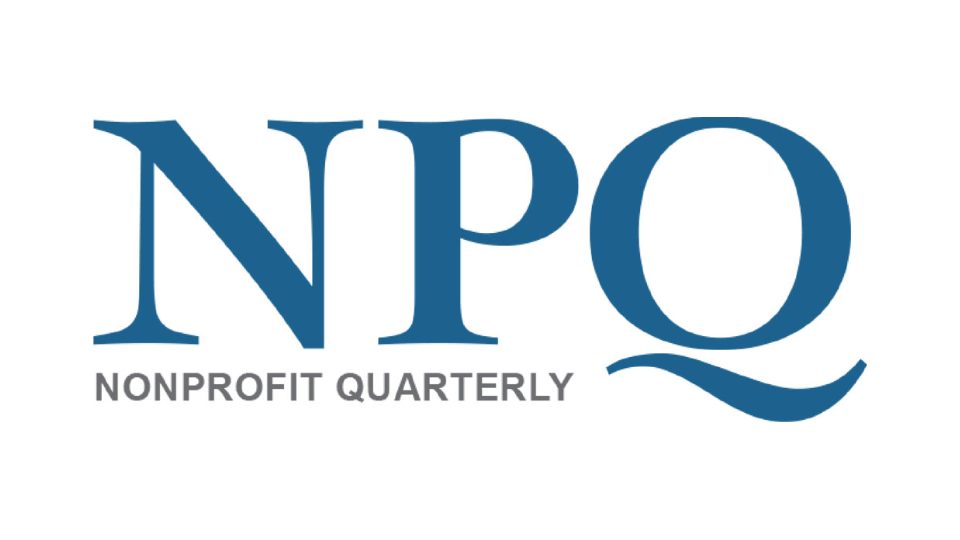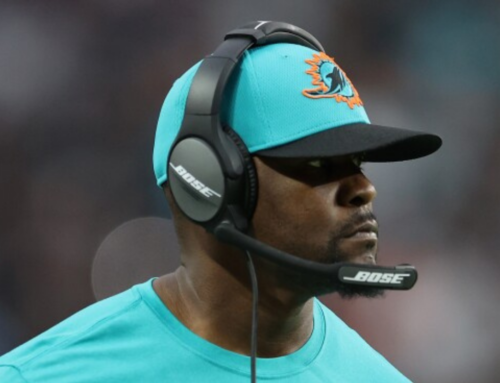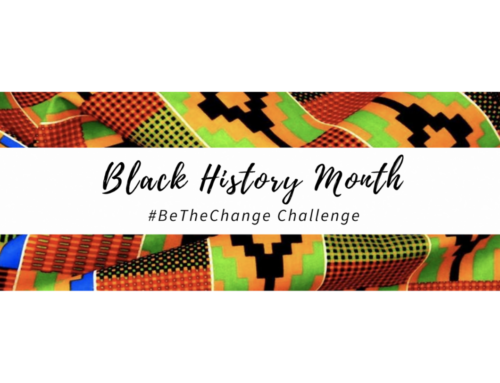It is impossible to make progress on stated environmental mission goals absent racial equity.
The point seems obvious. But despite progress here and there, a significant shift in favor of racial equity in Big Green has notoccurred, even as countless studies show that organizations that look like America enjoy increased innovation and improved performance.
Distinguished researchers pinpoint parallels in the lack of racial diversity in Big Green environmental and conservation nonprofits, and the under-representation of people of color on boards and in the leadership. People of different identities, cultures, faiths, ages, and abilities also grapple with inequities.
Rooting out racism is an onramp to protections against the hazards of sexism, heterosexism, and ableism. Inculcating equity is at the heart of the issue.
In the wake of the murders of George Floyd, Breonna Taylor, Ahmaud Arbery, and so many others, we’ve seen racial equity statements from many in Big Green, including the Sierra Club, Audubon, and the World Wildlife Fund. But statements are just a starting point. Action is key.
Similar to government, business, and the rest of the nonprofit sector, but perhaps with even greater intensity, the future and vitality of environmental and conservation nonprofits depends on applying an equity lens to management systems and processes. This requires embedding equity and inclusion as a core practice.
Changing White Spaces
There is an alienating web of conditions in the nonprofit sector perpetuating the reputation that these organizations are white spaces. The starting point for the culture shifts that will promote fairness and inclusion is understanding what the barriers are and the ways they tie into an organization’s operations and decisions.
Inclusion creates organizational value by corralling the richness of different experiences, backgrounds, and perspectives. These synergistic principles are indispensable to valuing and retaining racial and cultural diversity in the environmental and conservation field. These values need to be embedded in all aspects of operations, from policy advocacy, to who sits on board and holds executive positions, to staff management, and to partnership formation.
Microaggressions, one tangle in the snarl of inequities, reinforce white advantage in the green nonprofit sector. Microaggression commonly is discussed from the perspective of race, but any marginalized group in society can be a target—people of color, women, LGBTQ persons, those with disabilities, religious minorities, and more. Microaggression is both a cause and symptom of the intertwined systemic and structural organizational problems endemic to predominantly white institutions.
Microaggression triggers significant physical and psychological effects and contributes to substantial racial disparities in employment, education, and health care. Battle fatigue from this type of hostility is toxic, wears people down, and is often cited as a principal reason for leaving a job. Studies of African Americans corroborate devastating cumulative effects resulting in a negative racial climate and emotions of self-doubt, depression, frustration, and isolation.
What You Say?
In a study about diversity in Big Green, explicit and implicit bias encumbers efforts to shift systems and organization culture, but shift they must.
Flip the Script
The nonprofit Green 2.0 studies racial diversity. The group’s latest report, Leaking Talent: How People of Color are Pushed Out of Environmental Organizations, authored by Dr. Stefanie K. Johnsonof the University of Colorado at Boulder, documents the need for leveling the playing field and deeper investments supporting multiracial and multicultural equity. The study shines a light on the experiences of staff of color currently or formerly working for environmental nonprofits and foundations.
In sum, systems must be rewired to tackle culture and bias
Here is a short list for cultivating inclusive, supportive, diverse spaces:
-
- Acknowledge the behavior’s damage
- Deliver leadership and accountability
- Invest in systems and culture change
- Use data to pinpoint and address bias
- Focus on organizational development
- Learn, evaluate, measure, and adjust
Supporting and encouraging the inclusion of racially and culturally diverse voices and viewpoints chips away at culture change and helps construct more welcoming spaces. Creating opportunities for dialogue and learning is fundamental. Board committees can expedite progress by helping management define a common vision for what inclusion means and embed that vision directly into the mission and business strategy.
Paying attention to microaggressions and altering the environment that makes those microaggressions seem acceptable is one step on this transformative path.Equity and inclusion can become a win-win for the environmental and conservation movement. This won’t happen by itself, but it needs to happen, because the success of the environmental mission hinges on fairness, a more inclusive blueprint, and our ability to transform into more just organizations.
Short URL: http://bit.ly/BGNws











Leave A Comment